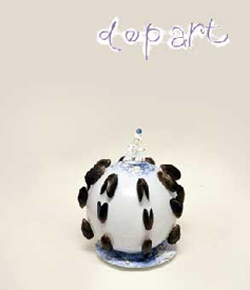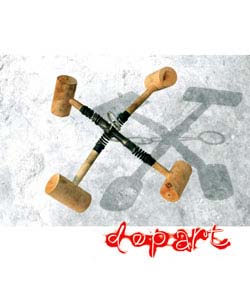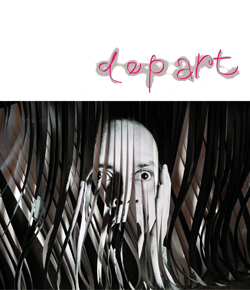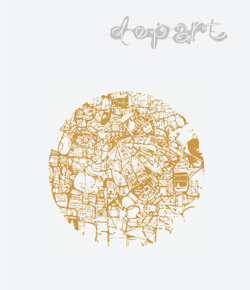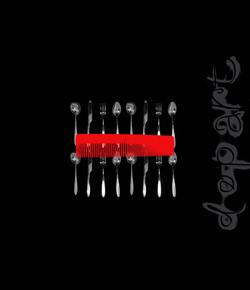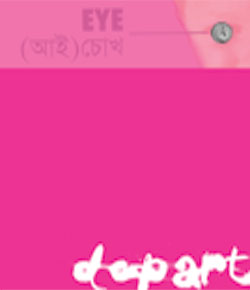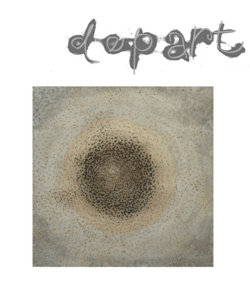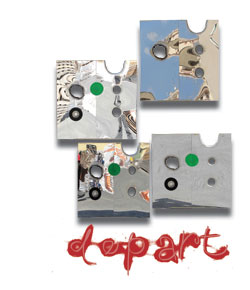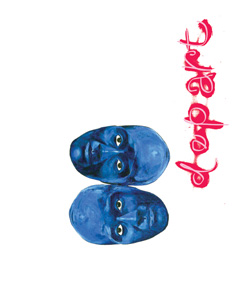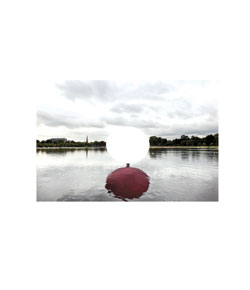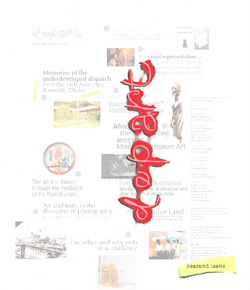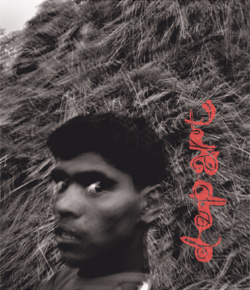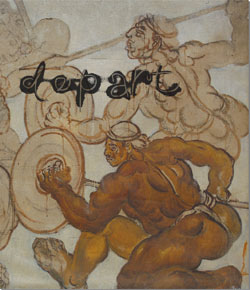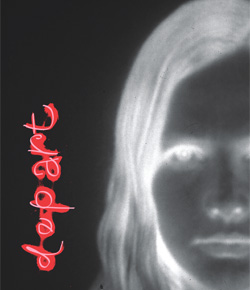navigator
Kantha Kahani: whither conceptual framework!

Fahmida Enam Kakoli’s fourth solo exhibition Kantha Kahani has adopted certain original components of our popular culture as the launching ground for her art work. Kakoli’s kantha-inspired collages are, in most cases, afflicted by intellectual vagueness inasmuch as her representation fails to signify the dialectic of the popular and dominant culture. Since, as an artist, Kakoli is alienated from the class and culture that kantha is engendered from, her representation remains too romantic to be able capture the true rural spirit behind it.
Instead of invoking the true consciousness around kantha-culture, the romanticised explorations occasion and issue conceptual stunts which reductively makes the implication that “Kantha is an important leisurely activity of our village women” (source: Pratham Alo, 5th October, 2009.), in the artist’s very own word. Therefore, the art works of “Kantha Kahani” falls short of the expectation it first generates.
Kakoli’s representational mode fails to illuminate a unique expression of our popular culture, due the lack ofa new conceptual framework. The visages from the middle class/lower middle class demography– and animal figures as well– are inscribed, without discrimination, on the surfaces of paintings. Drawn from photographic sources, these extraneous components, the face/figures barely denote and convey, in this particular textual climate, anything more than the material itself. The elements of collage – scavenged kathas and cutouts – together construct predictable compositions, which seem to hover only at a level of bland symbolism.
Thus the paintings – proposed as newer reflections on traditional existential truths – fail to generate new meaning. To predict the fate of such effort, they may occupy a niche in the tradition of picture-making solely for their technical aspect.

In a work titled Kantha Kahani-7 Kakoli, by adding pictorial references and by bordering the painting with texts that reads: 'If there’s no water in the pond/why leaves are floating/who I don’t speak with /why is he laughing' etc. unresponsively effaces the generation process of kantha. This, in turn, only serves to conceal rural women’s modes of industry or life, without even leaving any recognizable trace. Owing mostly to this, Kakoli’s works remain a product of the patriarchal culture that emphasizes woman’s naïve emotion/attitude towards men and the world that spins around them, a process that often leads to the erasure of the wholeness of woman’s existence. The representation of women’s Being thus remains in subjection in Kakoli’s recent art works. Therefore, this exhibition, which is a seemingly anomalous presentation, only helps to lend primacy to patriarchal mode thinking.
As for class consciousness, the artist seems to stand at a remove from such sociological considerations, as such all kinds of interrogation or analytical reflections seemed to have escaped this parade of reworked kanthas and representation of rural life. One wonders whether the reason behind her attempts has been just plain enrichment of the responses to the rural culture from within the urban center.
Kakoli’s effort calls for not only a more intelligent reading of the popular culture but also a consciousness beyond a patronly attitude towards rural life and the artistic productions that build its lore. To plumb the political implications of such project is to negate any such patronizing attitude. It is because of the lack of such critical way of looking at one’s own society that the artist fails to tread on a newer ground. Kantha Kahani also alerts us to the danger of a recent brand of intellectual confusion and befuddlement vis-à-vis cultural lore and present practices of Bangladesh’s agrarian community.
Despite the claims, the absence of a conceptual framework in the end begs for the audience’s attention. Mainuddin Khaled’s statement from the preface of the catalogue notwithstanding, where he determinedly declares, 'These paintings are expressions of a feminine consciousness,' the show is a letdown even to the novelty-seeking gallery goers. As the works freight no substance, Kakoli’s latest effort seems too grounded in a reality sans reality.
Khantha Kahini lasted from 1 to 12 October, 2009, at Alliance Francaise, Dhaka.
Translated by Ayesha Rahman




